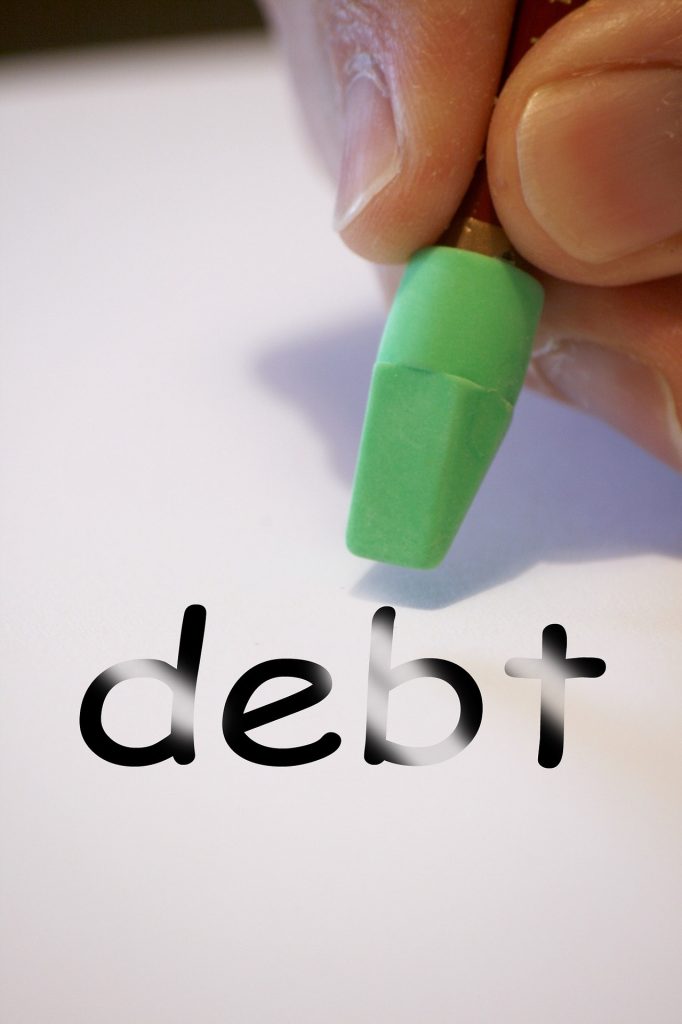All opinions are mine and mine alone.
Debt Denial: Your 5-Step Guide To Facing Your Debt And Fixing It
Debt is a common factor in most people’s lives. However, changing your attitude towards it can help you create a healthier financial future. How we spend our money and how we relate to spending are vital components of this journey. If you’re ready to take the first steps, check out the debt-busting tips below.

Small Loans
One way to consolidate consumer debt from credit cards is to wrap them up into a single payment. This can be done in a low-risk way by choosing a small loan. Doing this allows you to get rid of your credit cards and start paying down your debt in a simpler fashion. It will also force you to take a solid and unflinching look at how much debt you have wrapped up in high-interest cards.
Reduce Your Interest Rates
If you can’t afford to consolidate your debt with a small loan, another key tactic is to reduce the amount of interest you’re paying. It never hurts to call your credit card company and ask for an interest reduction. Many people don’t know how easy it is to get a rate reduction, especially if you’ve been consistent with your payments. Companies want you to continue paying off your debt, so they are surprisingly more flexible than we all assume. Similarly, if you have a mortgage, you may be able to negotiate with your lending company to reduce your interest rate.
Check The Necessities
A way to make sure you really know what is going on with your finances is to gather all of your bills and banking data in one place. From there, you can see how much money you’re going to need to pull together to put a dent in your debt. This is a good time to look into your utilities to see if you can reduce your output of electricity or water. Your utility companies can check to see if there may be a leak in your plumbing or excessive electrical use that may not be attributed to you.
Be Honest About Your Spending
It can be daunting to look at what you spend and where. Pull your bank and credit card statements and make a color scheme with highlighters to see what you are spending on groceries, utilities, entertainment, luxuries, mortgage repayments, and insurance. Reduce spending in areas that are excessive. The second part of reducing spending is to start earning more money. By cutting expenses and increasing your income, you’ll be able to move out of the debt trap sooner than if you only focus on one or the other.
Make A Plan And Stick To It
The other steps all lead up to this one – create a budget. If this sounds too tedious, go see a financial counselor or try one of the many free online tools aimed at helping you get out of debt fast. Choose budget tracking apps for your phone or tablet to help keep you accountable while you are out and at risk of unnecessary spending. Ultimately, it is up to you to stick to this new budget you have created, so be reasonable about your expectations. After 90 days, reevaluate your plan and revise it if necessary.
Utilize all of these tools to pull together a full plan of attack to reduce and eliminate your debt. Never be afraid to ask for advice and counseling if you need it. But remember, your finances are your responsibility, so own the process of fixing them.



Speak Your Mind